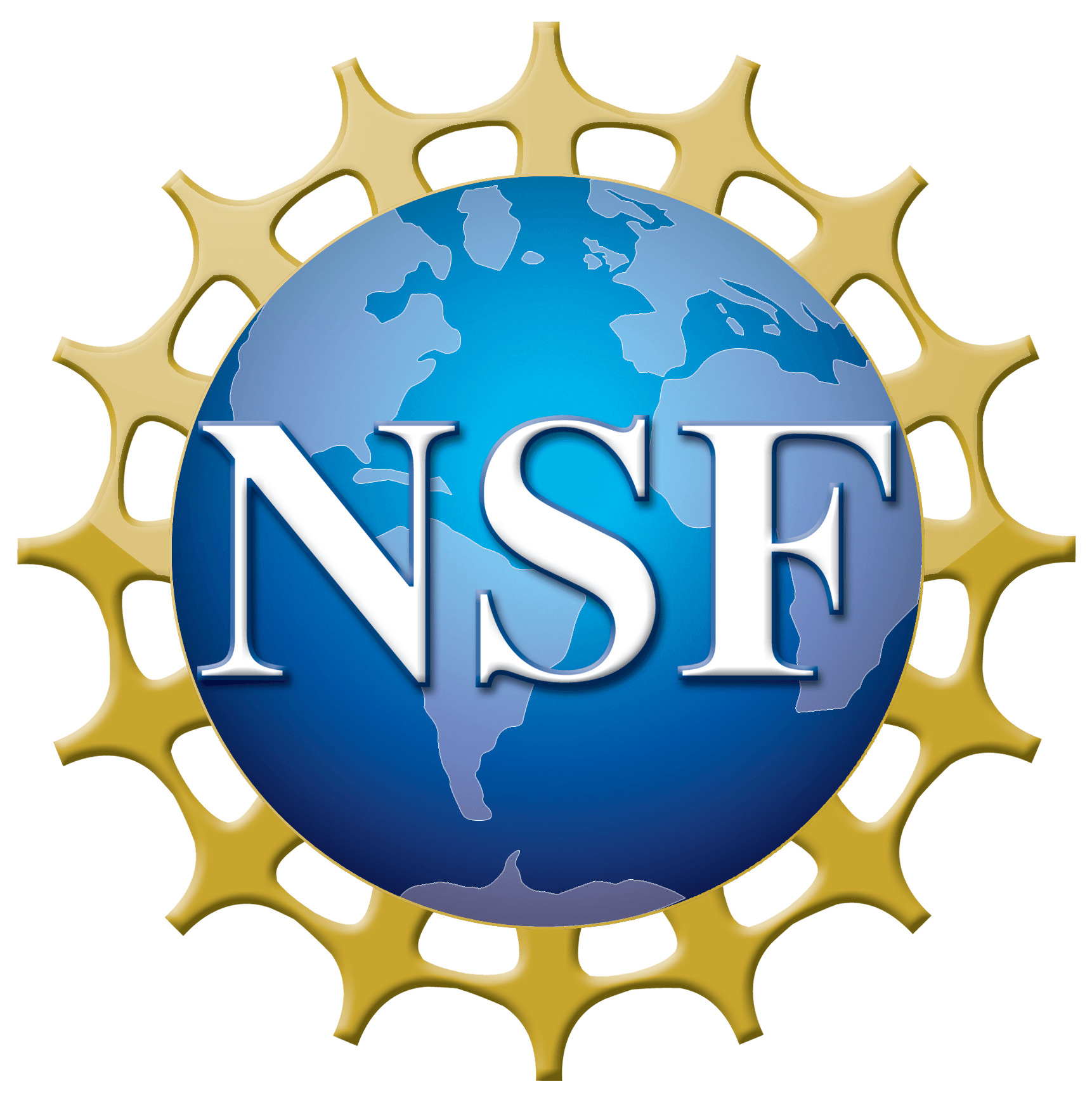Question: If we can see the light coming from stars billion years away, and if some of these stars…
Select :
AsteroidsBlack HolesCareers in AstronomyCelestial EventsCometsConstellationsCosmic DistancesCosmic Microwave BackgroundCosmologyExoplanetsGalaxiesGravity WavesHoaxesMoonPhysicsPlanetsRadio AstronomyScientific MethodSETISolar SystemSpace ProbesStarsSunTelescopesUnexplained Celestial Observations
Why isn’t the Precession of the Lunar Nodes Uniform with Time?
Question: I am an amateur naked eye astronomer. I teach astronomy to 6th graders, I read a lot on…
Can One Make Measurements of Line Emission at 16.4 GHz?
Question: Is it theoretically possible to separately measure hydrogen 1s 2s transition absorption and emission line frequencies? They are…
Apparent Motion at the Speed of Light
Question: If there was a super long empty truck moving half the speed of light and inside it is,…
How to Calculate the Flux of a Supernova Remnant
Question: Good day Sir. How is work? Please I kinda need help. I have a question disturbing my mind….
What Happens to Matter that Falls into a Black Hole?
Question: So a question from the uneducated. If all matter at the beginning was in one infinitely small point…





